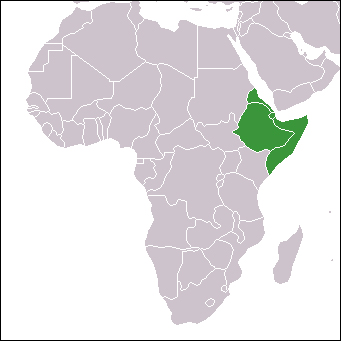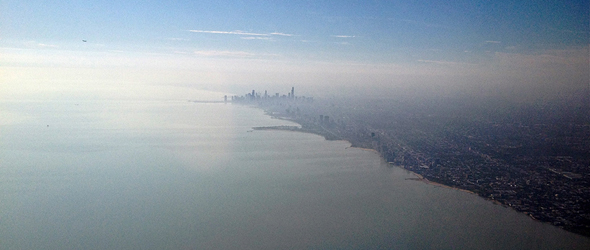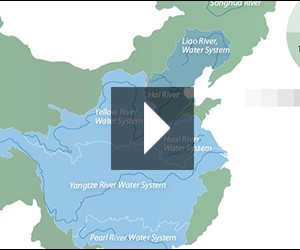Worsening Humanitarian Crisis: Unprecedented Drought and Famine in Horn of Africa
The drought has gripped large regions of eastern Africa, leaving an estimated 11 million people in need of humanitarian assistance, and is likely to continue for much of the year, according to the United Nations.
 The United Nations is struggling to keep up with the surge of hungry Somali refugees fleeing to Ethiopia and Kenya as a result of relentless drought and conflict in eastern Africa, the U.N. High Commissioner of Refugees (UNHCR) said.
The United Nations is struggling to keep up with the surge of hungry Somali refugees fleeing to Ethiopia and Kenya as a result of relentless drought and conflict in eastern Africa, the U.N. High Commissioner of Refugees (UNHCR) said.
Last week, several aid agencies increased warnings over a worsening humanitarian crisis in Somalia, Ethiopia, Kenya, and Djibouti amid an unprecedented dry spell, chronic instability, and high food prices in the Horn of Africa.
On Sunday, the first of several UNHCR-charted cargo jets with emergency aid arrived in Kenya’s capital, Nairobi, as part of the agency’s refugee efforts in Kenya and Ethiopia. UNHCR is among a number of aid organizations that have reported shortfalls in funding for their emergency programs in the Horn of Africa.
There are more than 430,000 Somali refugees in Kenya and Ethiopia alone, including 164,000 who have arrived since the beginning of the year, according to the U.N. Some 3,000 refugees from Somalia – now on the verge of famine — continue to arrive in Kenya daily.
Officials report that some of the refugees show signs of severe malnutrition, exhaustion, and dehydration, with some even dying during or shortly after the journey.
And the problem is exacerbated by the continuing civil strife in most of Somalia, as well as cross-border violence between pastoral communities in Ethiopia and Kenya, which is decreasing supplies, causing civilian casualties, and triggering massive displacement.
The U.N.’s Office for the Coordination of Humanitarian Affairs (OCHA) called the dry spell — resulting from two consecutive poor rainy seasons — the worst drought the region has experienced in 50 years. The United Nations’ humanitarian news agency, IRIN, recently said that the devastating drought is likely the result of strong seasonal weather phenomenon in the region and is not tied to climate change.
Eastern Africa is also feeling the pressure of high food and fuel prices.
Last week, people in Nairobi protested against Kenya’s soaring inflation — at 14.5 percent in June – largely due to regional grain shortages, rising consumer demand, and weakening of the local currency.
Throughout the Horn of Africa, food prices are rising as a result of bad harvests and poor prospects for the upcoming crops. Grain export bans by Tanzania and Ethiopia to control domestic prices have placed additional pressure on prices in neighboring countries, according to the Famine Early Warning Systems Network (FEWS NET), which monitors trends in staple food prices in countries that are vulnerable to food insecurity.
The price of maize on the wholesale market in Kenya has increased 160 percent since July 2010, following the failure of this year’s maize crops, and the retail price of red sorghum has risen 169 percent, the Financial Times reported. In southern Somalia, sorghum prices have jumped by 240 percent over last year’s prices.
Source: FEWS NET, IRIN, The New York Times, Reuters, UPI, United Nations, UN High Commissioner of Refugees
, a Bulgaria native, is a Chicago-based reporter for Circle of Blue. She co-writes The Stream, a daily digest of international water news trends.
Interests: Europe, China, Environmental Policy, International Security.








Leave a Reply
Want to join the discussion?Feel free to contribute!